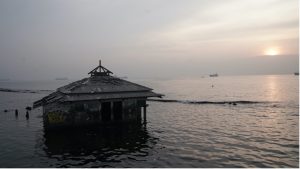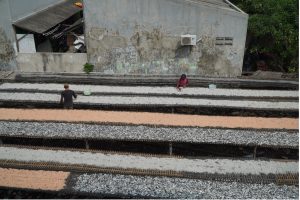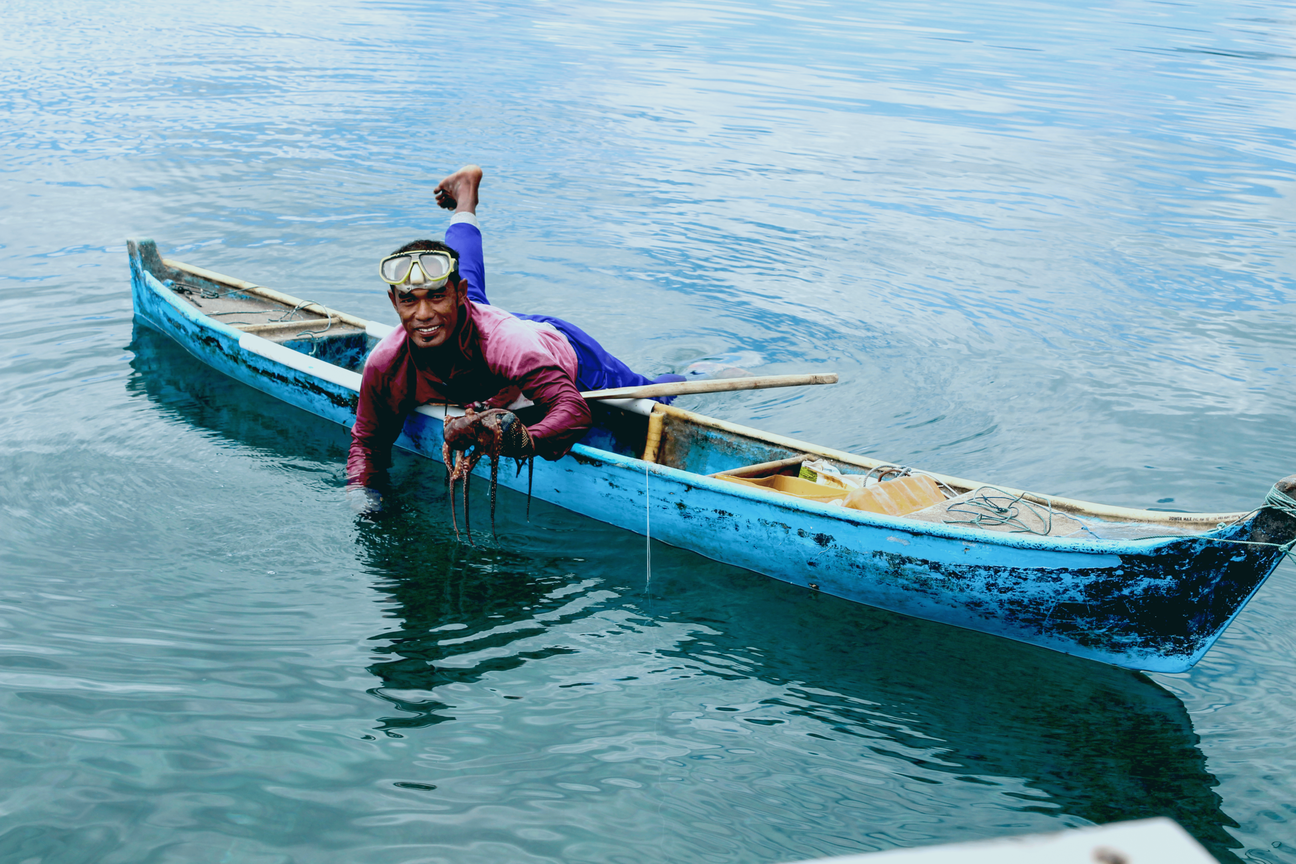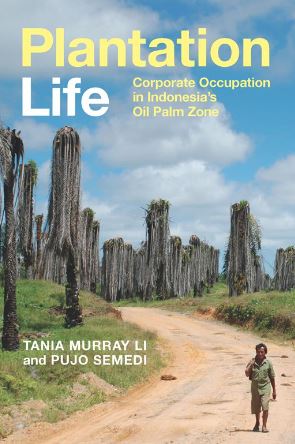Most areas in North Jakarta are undoubtedly experiencing unprecedented environmental, social and economic pressures. But does a language of crisis really bring us closer to the lived world? The author invites us to look beyond mere subsistence and pay attention to the ways in which communities in vulnerable conditions create novel social relations, identities, and values, writes Marco Del Gallo
_______________________________________________
Jakarta is sinking. How many times have we all heard that? Media coverage has recently been teeming with click-baity content on environmental degradation in the Indonesia’s capital and in particular on its water-related problems (See examples in Kompas, National Geographic, Al Jazeera, Bloomberg). The coastal area of North Jakarta has become the epitome of the city’s vulnerability. Being a lowland area, Jakarta’s waterfront is subject to high rates of land subsidence and regular flooding during rainy season by the multiple waterways which cut through the city before flowing into the bay.
Communities residing in northern flood-prone coastal areas have been the object of intense scrutiny and shock. The usual line of questioning is: “How can people survive in such places?”. During my field research in a fishing community North Jakarta, I was struck by the number of journalists and other newcomers who visit the neighbourhood for a short time and immediately pull out their cameras to take photographs, often without asking for permission. This lack of engagement results in a widespread tendency to sensationalise the livelihoods of marginal communities.
Cynthia Boll’s award-winning photographic series Sinking Cities: Jakarta is an example. Through beautiful and curated visuals, the author sheds light on residents’ struggles with seasonal flooding in North Jakarta. Her images are aimed to render brutal degradation, poverty, and ultimately helplessness: her subjects – mostly women and children – are pictured wandering in the water or immersed in filthy water or waste having worried and thoughtful expressions. But is it fair to the subjects involved to be represented as such?
Crisis narratives generally tend to emphasise the seemingly out-of-hand effects of climate change, diverting further the attention from specific historical and political developments. Jakarta’s present hydraulic issues have roots in decades of poor governance following Indonesia’s independence in 1945 and centuries of Dutch colonial domination prior to that. Yet the main causes of land subsidence – excessive extraction of groundwater and the weight of buildings – are directly related to the construction of hotels, malls, and high-end residential complexes by private investors (Batubara, Kooy, and Zwarteveen 2018). These businessmen have managed to accumulate enormous wealth and power through corruption, collusion and nepotism and are able to promote larger development projects for their own interests. Climate change is little to blame here.

When I first arrived in North Jakarta, I was immediately surprised by the complex and heterogeneous composition not only of the city as a whole, but also of what is often oversimplified as being a so called ‘poor neighbourhood’. For instance, I came across a vast number of local migrants, both seasonal and long-term, who have relocated to the city’s waterfront searching for opportunities and higher incomes that Jakarta seems to be promising. Seasonal migrants, mostly men, choose to live in Jakarta only temporarily to make money while their families remain in rural areas, where earnings are largely spent and reinvested. Paying attention to these migration trajectories not only widens the geographical boundaries of research, but also raises important questions about conditions of marginality and scarcity. Someone’s status in Jakarta may be quite different from their status their village of origin. How do we explain migration to a sinking city? What does attract people to allegedly uninhabitable places? The politics of urban migrants is largely overlooked when discussing environmental issues in the Indonesian capital whilst more emphasis is given to issues of land dispossession.
For scholars, the urgent need to condemn the global vilification of the poor has never been an easy endeavour, particularly when the already inherently unequal relationship between researcher and informant is further complicated by dynamics of race, class, and gender. Here, the urge to do justice to vulnerable communities is never completely untethered from the risk of patronising them. Though they might sound outdated, concepts such as ‘survival’, ‘adaptation’, ‘resistance, and ‘resilience’ still very much dominate the academic vocabulary, homogenising disparate human experiences and defining people by what they lack.
AbdouMaliq Simone (2016) invites us to look beyond the material urban resources available to marginalised residents by focusing instead on their ability to secure and maintain the connections among these urban resources. Perhaps academics too may unknowingly fall into the uninhabitable trap by limiting their analysis to more obvious material conditions, overlooking people’s creative powers and the benefits they may gain by living in those same conditions. This results into a wider tendency to associate poverty with vulnerability eclipsing wealth fluctuations and disparate experiences among the urban poor (Williams 2015). All the more so in environmentally vulnerable contexts such as North Jakarta, where levels of flooding (banjir) and inundation (rob) differ from area to area, but also from household to household in the same neighbourhood alongside local social hierarchical and power structures.
A language of crisis and degradation threatens perpetuating the same language used by urban planners and developers to legitimise unjust actions. In Jakarta, contemporary urban environmental initiatives rest on specific middle-class normative ideas of cleanliness and beauty (Kusno 2011). Similar to other post-colonial urban contexts, so-called ‘informal’ settlements have become targets of coercive interventions, largely in the form of forced evictions, to make space for wealthy areas. The notion of the uninhabitable germinates precisely in this contested and violent terrain in which the urban poor start to be seen as an obstacle to the city’s modernisation.

A similar crisis narrative has been put forward by the Indonesian government to back up its controversial plan to move the administrative capital to East Kalimantan. Among various arguments, building a new capital is regularly articulated as a matter of ‘urgent national security’ as Jakarta is deemed no longer able to sustain the huge environmental burden of housing the national government’s offices and workforce. However, many argue that this ecological argument conceals larger political and developmentalist strategies, and that moving the capital will not solve existing issues and perhaps even exacerbate them (Bakker 2019). The importance of setting aside materialist concerns, at least partly, in the study of precarious conditions has thus become more pressing now more than ever before.
______________________________________________
*The LSE Southeast Asia Centre PhD Research Support Fund supported Marco to attend the 8th International Symposium of Jurnal Antropologi Indonesia 2022 to present the paper “Dwelling in the Sinking City: Ecology, Criminality, and Everyday Life in Jakarta’s Delta”.
* Banner photo from author.
*The views expressed in the blog are those of the author alone. They do not reflect the position of the Saw Swee Hock Southeast Asia Centre, nor that of the London School of Economics and Political Science.





